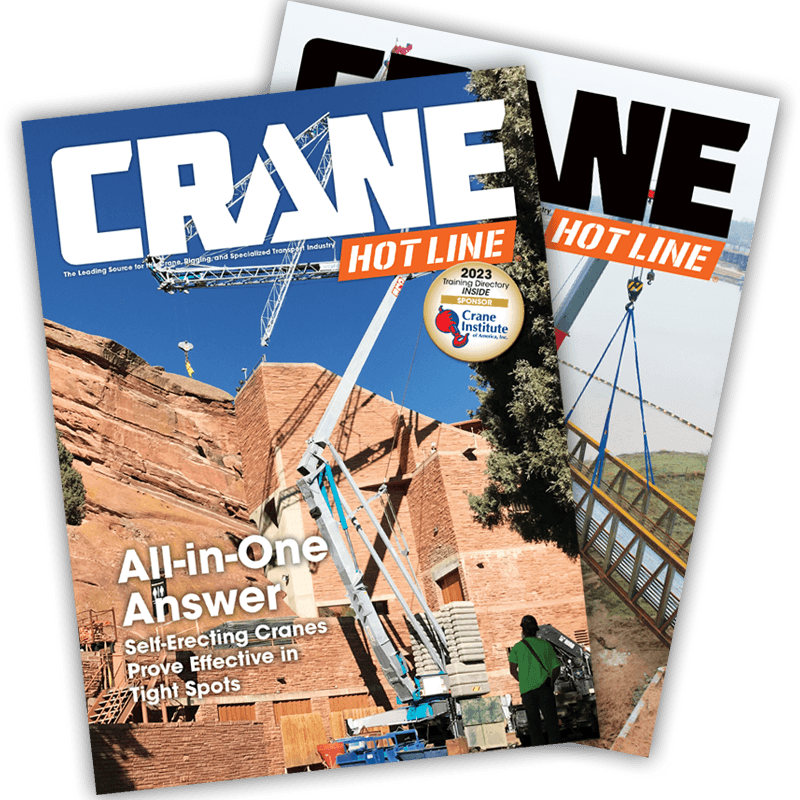Industry Contraction Noted. Now What?
February 2, 2009 – At the ProMat 2009 tradeshow in January, John Nofsinger, CEO of the Material Handling Industry of America, took a few minutes to review where the industry is headed and what’s in store for material-handling and logistics equipment and technology users. When looking at the process as a whole, material handling and logistics remains at the core of manufacturing, distribution, consumption, and disposal activities, and the current state of the $156 billion industry is healthy. An estimated 700,000 workers are employed in the industry.

But this industry is by no means considered a safe haven from the effects of the global economy. Nofsinger noted that by looking at the industry on a rate of change basis and comparing to various leading indexes, the market outlook for the material-handling and logistics industry is contraction, a reduction in business activity or growth. In fact, Nofsinger said MHIA’s forecast for new orders will decline 18 to 20 percent in 2009, not recovering until late 2010. From shipments to demand to exports, all business is expected to decline as the global economy contracts. With industry expectations out in the open, the question is what do we need to do in order to survive the economic downturn?
First and foremost, check your attitude—are you hopelessly despondent about the market? It is easy to become discouraged reading the latest headlines, but pretending that the current economic picture is rosy isn’t the answer. Instead, manage the situation and plan ahead for the future. In the words of Dale Carnegie: “First ask yourself: What is the worst that can happen? Then prepare to accept it. Then proceed to improve on the worst.â€
So what do you plan for? Brainstorming ideas to solve an unmet or underserved problem is a good start. Carving out a unique niche for your company in the industry not only sets you apart, but it also helps meet the needs of the industry. In recent weeks, lifting equipment OEMs from overhead cranes to aerial lift manufacturers have announced they are offering custom-build equipment, a move indicative of the times but also a necessary step in order to maintain or increase market share in a struggling economy.
Additionally, tap into your employees for fresh ideas. Workers in the field may have a different picture of what works and what doesn’t. Other employees who have experience in another industry also may have new suggestions to throw in.
Consider pricing and brand awareness when looking at how to maintain your business during tough economic times. Among business professionals, the consensus is to not lower prices but add value, such as servicing equipment after the sale or lowering installation costs. Not only can cutting prices hurt your brand, but it also will make it difficult to raise prices later.
Likewise, increasing brand awareness in a down economy through advertising can help companies take business from competitors and position them for growth when the economy turns around. The Wm. Wrigley Jr. Co. gambled on this strategy in the financial panic of 1907 and employed an aggressive marketing campaign to grow the company’s business from the Midwest to the entire nation within a matter of weeks. Within three years, Wrigley’s Spearmint gum was one of the largest selling brands in the nation.
In this economy, turning over every stone, relying on your best employees for ideas, and developing new strategies for growth are only a few demonstrative techniques intended to keep your business afloat. What tactics have your company employed to keep up with the current economy? Write me with your ideas.


